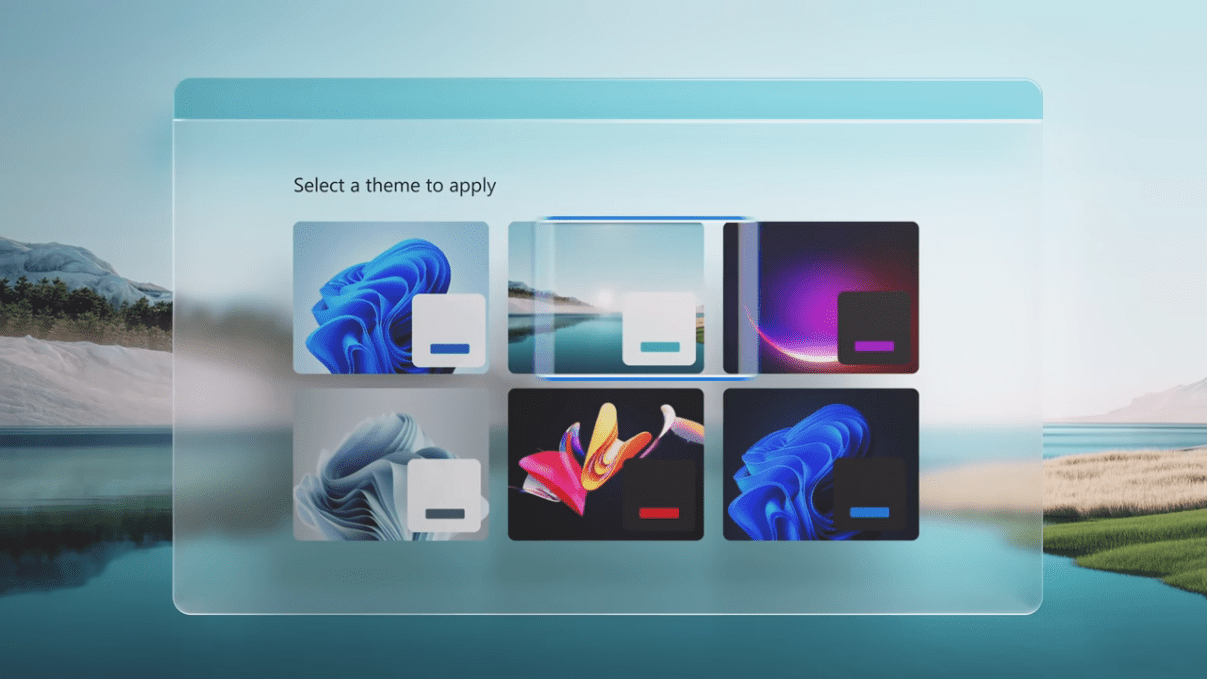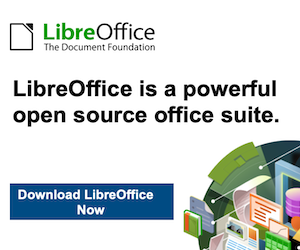Professional Website Development
ReddWebDev isn’t limited to just only one platform for website development like some others are. Over the past 20 years we’ve happened to acquire quite an array of tools – One size fits all doesn’t work in the world of Website Development, so using various tools and platforms helps us to being able to place our clients at an extreme advantage in the development of their internet web solution.
These are our most often used programming languages, PHP (Hypertext Pre-Processor), JavaScript, MySQL, C#, Ruby – For context and structure (Hypertext Markup Language) HTML4, HTML5 – For styling CSS3 – Datasets XML, JSON, CSV — .
Our Website Development isn’t just about writing CMS (content management systems). Though we might excel in that area, ReddWebDev also writes static and can cross-write between both the dynamic and the non dynamic (static).
Our Website Development talent also includes graphics and other media types rendering (formatting).
Content Management Systems
CMS are often used to run websites containing blogs, news, and shopping. Many corporate and marketing websites use CMS. CMS typically aim to avoid the need for hand coding, but may support it for specific elements or entire pages.
We are proficient in the installation, and the deployment of your Content Management System or other similar database driven solutions. We can deploy your (LAMP) cms solution alone, or we can work closely with your IT to assist with it’s deployment. We currently only work with LAMP (we currently do not work with OAMP, iAMP, SAMP, MAMP, or WAMP — if you need assistance with any of these, we may be able to refer you to someone who does).
Examples of platforms considered to be CMS:
WordPress
For those users not familiar with HTML or other markup language, a WYSIWYG editor is provided straight out of the box. The backend layout is streamlined and intuitive, and a new user should be able to easily find their way around the administration section. WordPress also comes with built-in image and multimedia uploading support.
Drupal
Drupal is another CMS that has a very large, active community. Instead of focusing on blogging as a platform, Drupal is more of a pure CMS. A plain installation comes with a ton of optional modules that can add lots of interesting features like forums, user blogs, OpenID, profiles and more. It’s trivial to create a site with social features with a simple install of Drupal. In fact, with a few 3rd party modules you can create some interesting site clones with little effort.
Joomla!
Joomla is very similar to Drupal in that it’s a complete CMS, and might be a bit much for a simple portfolio site. It comes with an attractive administration interface, complete with intuitive drop-down menus and other features. The CMS also has great support for access control protocols like LDAP, OpenID and even Gmail.com.
ExpressionEngine
ExpressionEngine is packed with helpful features like the ability to have multiple sites with one installation of software. For designers, EE has a powerful templating engine that has custom global variables, custom SQL queries and a built in versioning system. Template caching, query caching and tag caching keep the site running quickly too.
TextPattern
Textpattern is a popular choice for designers because of its simple elegance. Textpattern isn’t a CMS that throws in every feature it can think of. The code base is svelte and minimal. The main goal of Textpattern is to provide an excellent CMS that creates well-structured, standards-compliant pages. Instead of providing a WYSIWYG editor, Textpattern uses textile markup in the textareas to create HTML elements within the pages. The pages that are generated are extremely lightweight and fast-loading.
Website Development – Writing Static Pages
A static web page (sometimes called a flat page/stationary page) is a web page that is delivered to the user exactly as stored, in contrast to dynamic web pages which are generated by a web application.
Consequently a static web page displays the same information for all users, from all contexts, subject to modern capabilities of a web server to negotiate content-type or language of the document where such versions are available and the server is configured to do so. — A static site is a website that is written entirely using HTML. Each web page is a separate document and there are no databases or external files that are drawn upon.
This means that the only way to edit this type of website is to go into each page and edit the HTML. So you would have to do it yourself using a web page editor such as notepad, FrontPage, or Dreamweaver, or pay your web developer to make updates for you.
Dual Purpose Writes
Sometimes, depending on client requirements, we’ll write in dynamic elements drawn from a database to be included in a static page. This isn’t often done, but given our years of experience, having to write pages in such a fashion as this usually doesn’t cost extra.



